What Are Solar Storms?
Solar storms are like big explosions on the sun that send energy and tiny particles zooming through space. When these particles reach Earth, they can create beautiful light shows in the sky called auroras, also known as the Northern Lights
Wondering – what are solar storms? Or, what are aurora borealis, or as they are commonly called – the northern lights?
We’ll explain it simply here.
What Are Solar Storms?
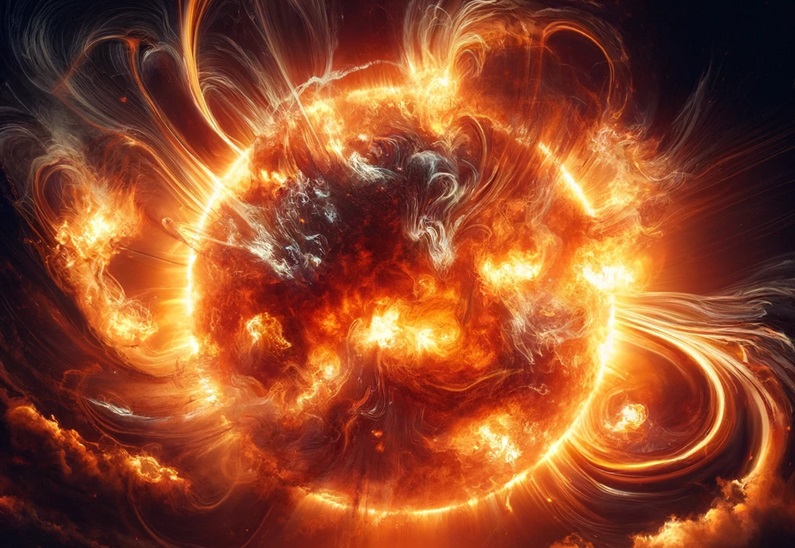
Solar storms are like big explosions on the sun that send energy and tiny particles zooming through space. When these particles reach Earth, they can create beautiful light shows in the sky called auroras, also known as the Northern Lights. However, these storms can also mess with things like satellites, GPS, and even electricity on Earth.
What Are the Northern Lights?
The Northern Lights, also called the Aurora Borealis, are a beautiful display of colourful lights in the night sky. Usually seen in the polar regions, these lights create stunning patterns of different colours in the sky – greens, blues, yellows, and even pinks and violets.
How Do the Northern Lights Happen?
The Northern Lights, or the Aurora Borealis, are a natural light display in the sky, usually seen in high-latitude regions around the Arctic and Antarctic.
Here’s what happens
Solar Wind: The sun releases charged particles, which are streams of electrons and protons, into space. This stream is known as the solar wind.
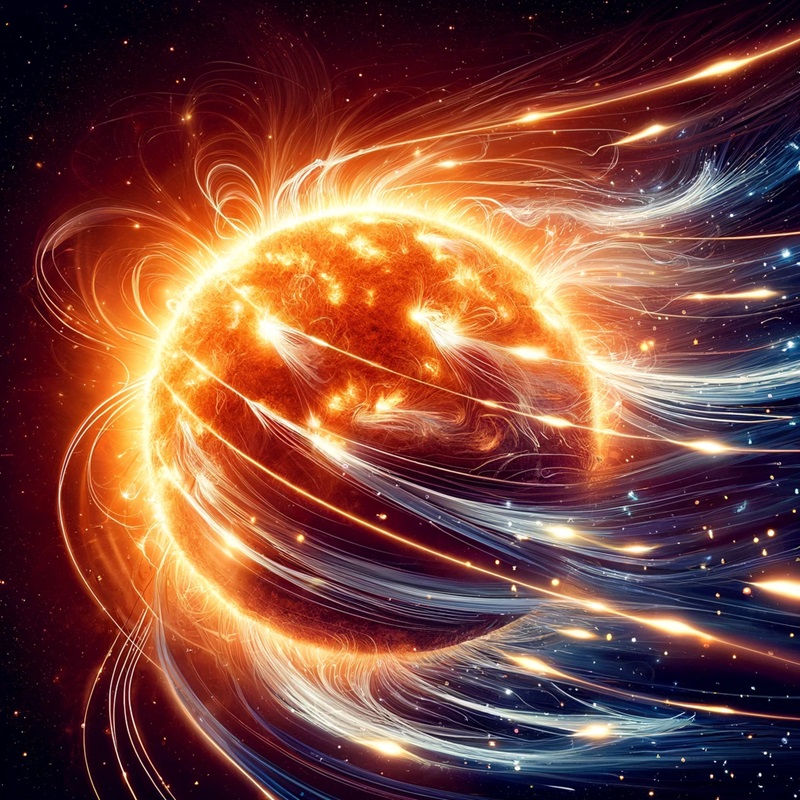
Journey to Earth: These charged particles travel about 93 million miles from the sun toward Earth.
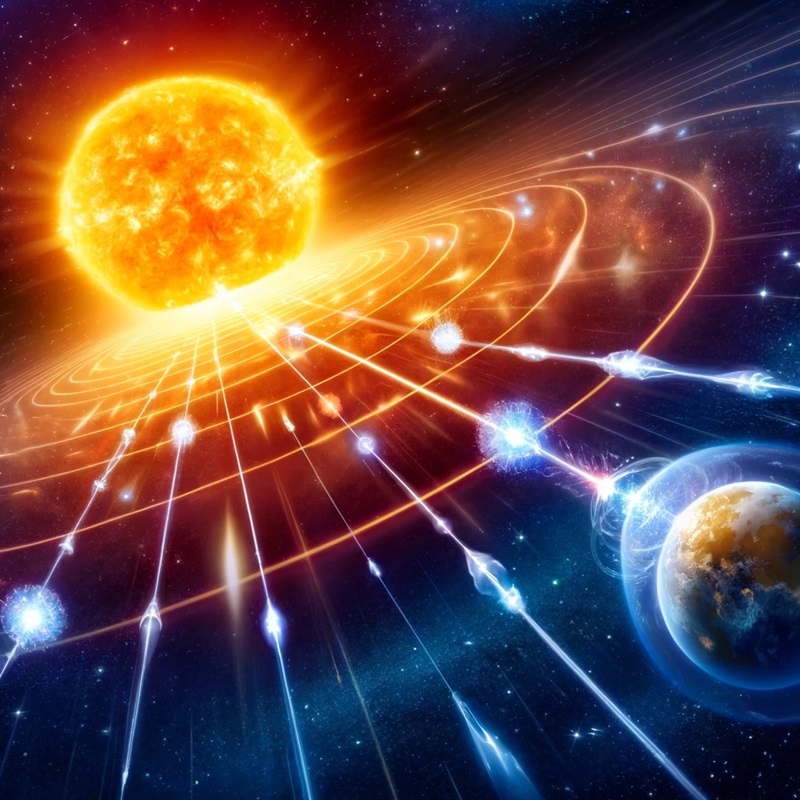
Magnetic Field Interaction: When these particles reach Earth, they are drawn towards the magnetic poles (North and South) by Earth’s magnetic field.

Collision in the Atmosphere: As the charged particles enter Earth’s atmosphere near the poles, they collide with gas molecules, such as oxygen and nitrogen.
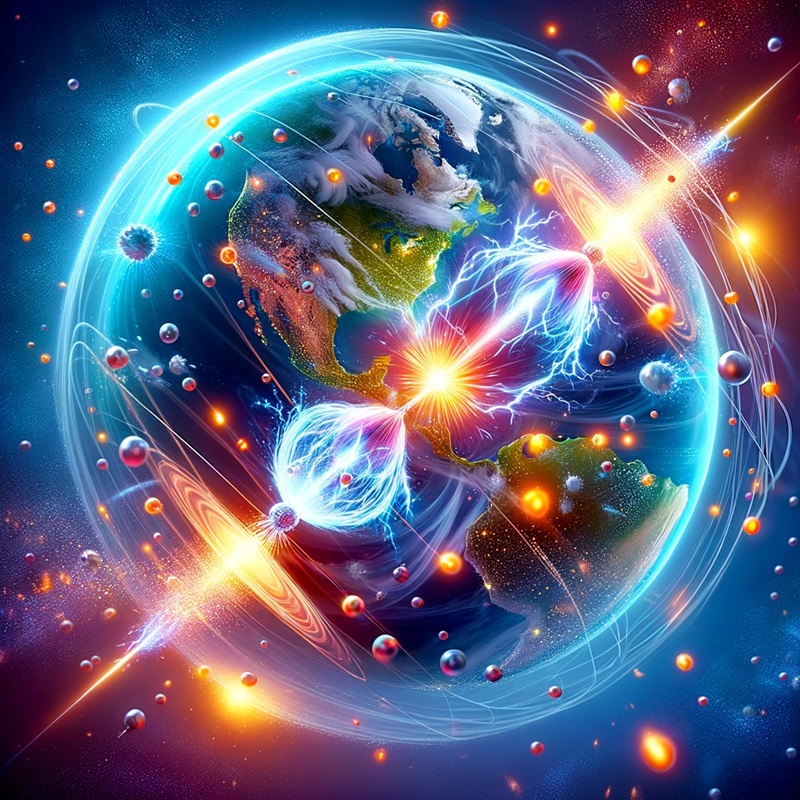
Energy Release: These collisions excite the gas molecules, causing them to light up. This release of energy appears as glowing lights in the sky, which we see as the Northern Lights.

The colours of the Aurora depend on which gas molecules are involved and how high these collisions occur in the atmosphere. Oxygen gives off green and red light, while nitrogen produces blue and purple hues. This beautiful natural phenomenon lights up the sky with vibrant colours, creating a spectacular display for those lucky enough to see it.
Why Are They Called “Aurora Borealis”?

The name “Aurora Borealis” comes from ancient times. “Aurora” is named after the Roman goddess of dawn, believed to renew herself every morning across the sky.
“Borealis” comes from the Greek name for the north wind, Boreas. Together, they mean “dawn of the north”
Where and When Can You See the Northern Lights?
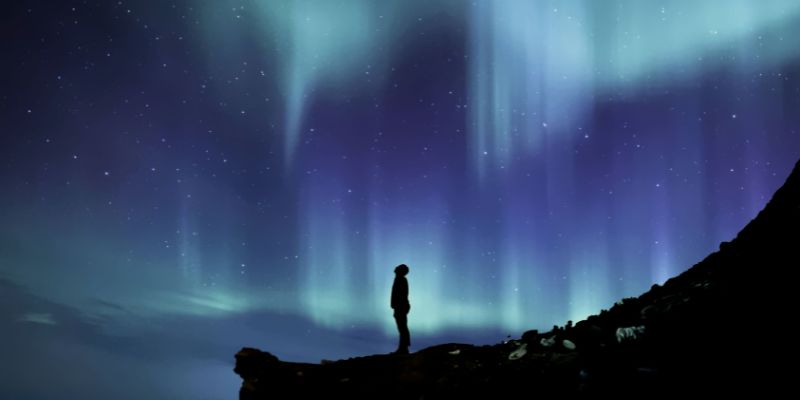
The Northern Lights are best viewed in high-latitude regions like Norway, Sweden, Iceland, Canada, and Alaska. The best time to witness this celestial ballet is during the colder months, from September to March, when the nights are the longest and darkest—an ideal canvas for the lights to paint their colours.
Did You Know TheseFun Facts About the Northern Lights?
Other planets in our solar system, like Jupiter and Saturn, also have auroras. Also, many cultures have myths about the Northern Lights. Some say they are the spirits of their ancestors, while others believe they bring good luck.
The Latest Solar Storm and Its Effects
The most recent significant solar storm occurred due to a powerful CME that erupted from the sun. This event was strong enough to expand the visibility of the Northern Lights beyond their usual locations near the poles. People in parts of the US, Europe, and even some regions that rarely see the Northern Lights, like the southern parts of the UK and northern states of the US, were treated to this rare celestial spectacle.
Why This Solar Storm Was Special
This particular solar storm made these lights visible in areas where the Northern Lights are hardly seen.

Better Your Child’s G.K. In 3 Minutes – Get This Free Newsletter
Get fun facts, simple and easy news, quizzes, and lots of other interesting things to read in your mailbox – for free! It’s what we call GK-on-the-go!
I Kid You Not now has a large readership across India and also parts of the world. If you want to write for us, you can submit your story here. You can also apply to become a news anchor. Apply here



Comments